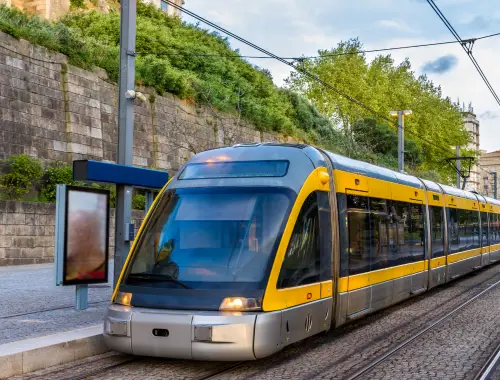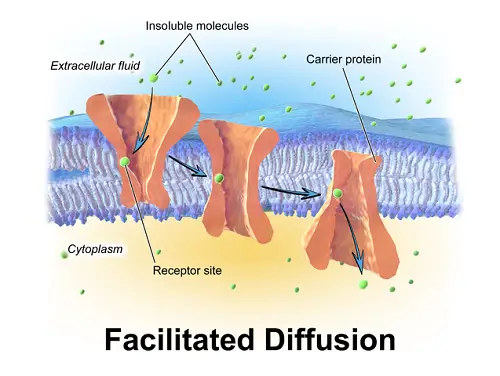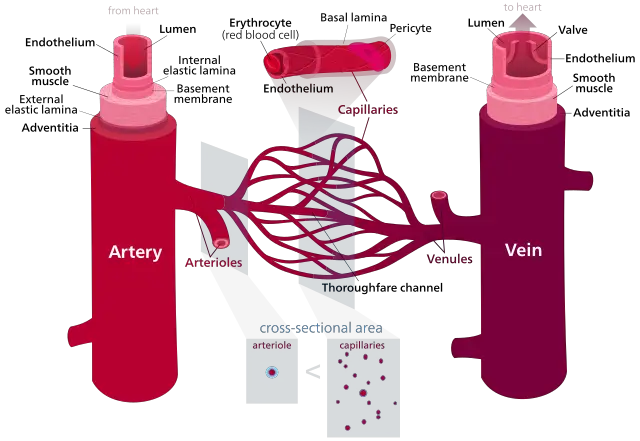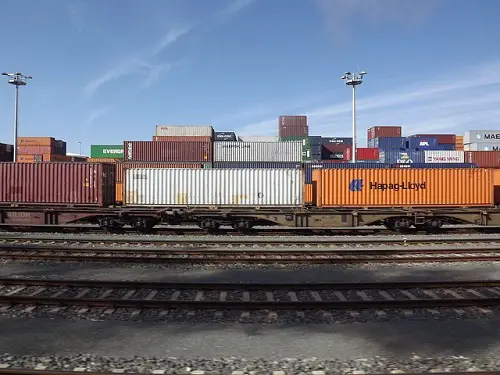
Introduction
Road and rail transport are two pillars of modern transportation systems, each with its unique characteristics and advantages. Despite their differences, these modes of transportation share several similarities that have contributed to their widespread use and significance in global commerce and daily life.

Historical Evolution
Both road and rail transport have deep historical roots, evolving over centuries to meet the changing needs of societies. The earliest roads date back to ancient civilizations, facilitating trade and communication. In parallel, the history of rail transport can be traced to the invention of the steam locomotive in the early 19th century. As technology advanced, both road and rail networks expanded, connecting distant regions and fostering economic growth.
Infrastructure Development
One key similarity between road and rail transport lies in the infrastructure required for their operation. Both modes demand a substantial investment in the development and maintenance of networks. Roads need to be constructed, upgraded, and repaired to accommodate the growing volume of traffic. Similarly, rail networks require constant attention to ensure the smooth and safe movement of trains. The planning and execution of infrastructure projects for both road and rail transport are complex undertakings that involve collaboration between government bodies, private enterprises, and engineering experts.
Cargo and Passenger Transport
Roads and railways serve as conduits for both cargo and passenger transport. While roads are commonly associated with individual and small-scale transportation, such as cars and buses, they also play a crucial role in the movement of goods through trucks. Rail transport, on the other hand, is renowned for its efficiency in bulk cargo transportation. Trains can carry large quantities of goods over long distances, making them a preferred choice for industries requiring mass movement of raw materials and finished products. Additionally, both road and rail transport contribute significantly to passenger mobility, providing diverse options for commuting and long-distance travel.
Economic Impact
The economic impact of road and rail transport is profound. Both modes are vital for the functioning of supply chains, ensuring the timely delivery of goods to markets. The accessibility provided by roads enhances the connectivity of rural and urban areas, fostering economic development and job creation. Rail transport, with its efficiency and capacity for large cargo volumes, is indispensable for industries that rely on the transportation of heavy goods. The combination of road and rail networks contributes synergistically to economic growth, creating a robust infrastructure backbone that supports diverse industries.
Environmental Considerations
In recent years, environmental considerations have become increasingly important in evaluating transportation modes. Both road and rail transport have their environmental pros and cons. Roads contribute to air pollution through vehicle emissions, while railways are often considered more environmentally friendly due to the energy efficiency of trains. However, the construction and maintenance of transportation infrastructure, regardless of mode, can have ecological impacts. Balancing the environmental aspects of road and rail transport is an ongoing challenge that requires innovative solutions and sustainable practices.
Technological Advancements
Advancements in technology have transformed both road and rail transport. The integration of digital technologies, such as GPS navigation and real-time tracking, has enhanced the efficiency and safety of road transportation. Similarly, the automation of train control systems and the implementation of high-speed rail technologies have elevated the capabilities of rail transport. The convergence of technology in both modes continues to shape the future of transportation, with developments such as electric vehicles, autonomous driving, and smart infrastructure playing pivotal roles.
Safety and Regulation
Safety is a paramount concern in both road and rail transport. Governments worldwide have established stringent regulations and standards to ensure the safety of passengers, drivers, and rail operators. While road transport is subject to traffic rules, vehicle safety standards, and driver licensing, rail transport adheres to specific railway safety regulations and protocols. The commitment to safety underscores the importance of regulatory frameworks in mitigating risks associated with transportation.
Conclusion
In conclusion, road and rail transport, despite their apparent differences, share numerous similarities that underscore their integral roles in modern society. From historical evolution and infrastructure development to economic impact and environmental considerations, these two modes of transportation complement each other in a complex and interconnected network. As technology continues to advance and societal needs evolve, the synergy between road and rail transport will play a pivotal role in shaping the future of global mobility.
Here’s a comparative chart in a tabular format:
| Aspect | Road Transport | Rail Transport |
| Infrastructure | Requires a network of roads and highways | Requires dedicated railway tracks and stations |
| Speed | Limited by road conditions and traffic | Can achieve higher speeds over long distances |
| Capacity | Limited by the size of vehicles | Can carry large quantities due to trains with multiple cars |
| Cost | Lower initial setup costs; higher maintenance and fuel costs | Higher initial infrastructure costs; lower operational costs for large volumes over long distances |
| Environmental Impact | Higher carbon footprint, especially for long distances | More energy-efficient and environmentally friendly, particularly for mass transportation |
| Flexibility | Offers door-to-door service, flexibility in reaching specific destinations | Limited flexibility, requires fixed tracks and specific loading/unloading points |
| Safety | Prone to accidents due to road conditions, weather, and human factors | Generally considered safer due to the controlled environment of dedicated tracks |
| Dependence on Fuel | Primarily relies on fossil fuels | Can use a variety of energy sources, including electricity |
| Public Transport | Buses and taxis are common modes of public transportation | Trains are a key component of public transportation in many urban areas |
| Maintenance | Requires regular maintenance of roads and individual vehicles | Track maintenance is essential, trains generally require less frequent maintenance |












Leave a Reply